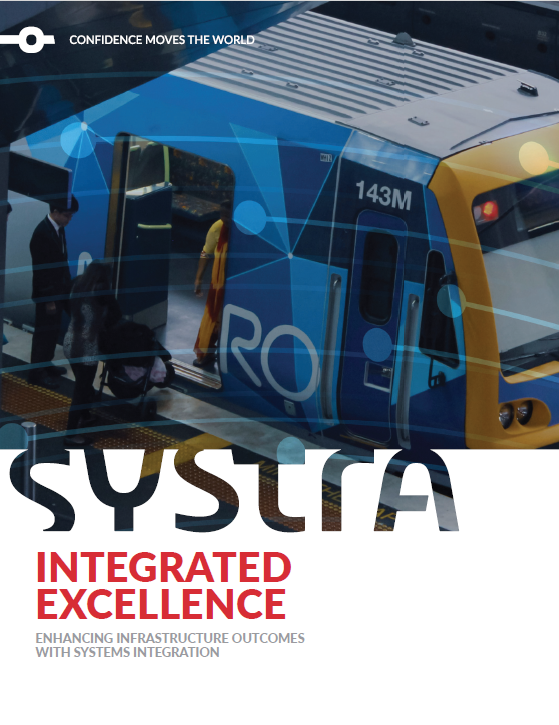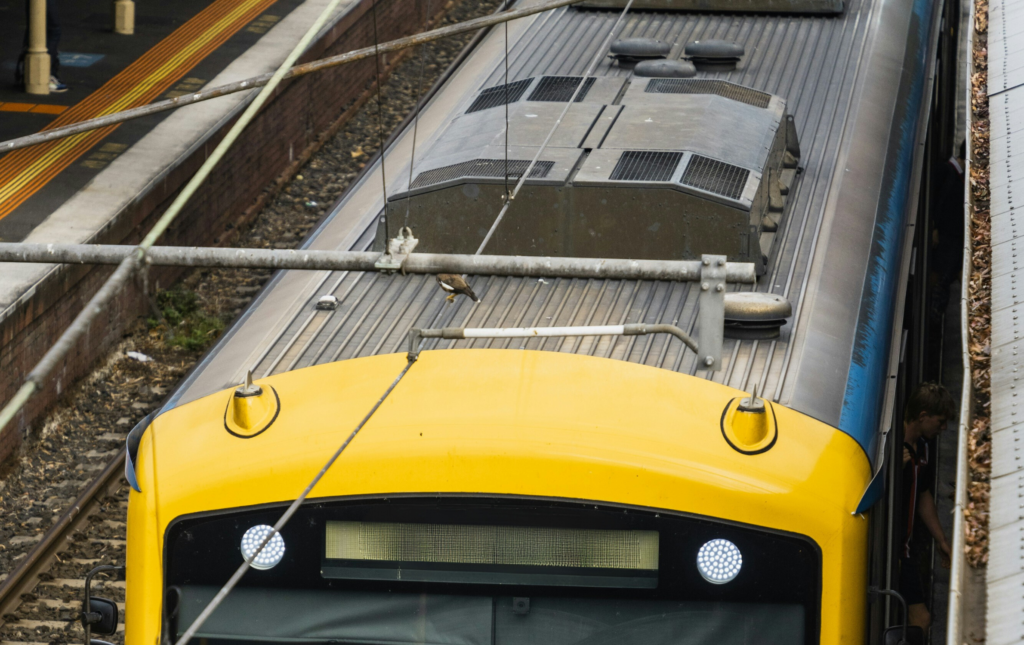As the rail industry prepares for the incoming Future Radio Mobile Communication System (FRMCS) to become the global norm, since the 1990s, three competing mobile radio systems have been deployed around the world to support the mission-critical communications.
Based on the second generation (2G) mobile telephony standard, the Global System for Mobile Communications-Railway (GSM-R) standard has been the basis for mission-critical voice communications for many mainline railways across the world, as well as the standard radio bearer for in-cab signalling and train control solutions based on the European Train Control System (ETCS) standard.
On mass transit urban transport metros, the most successful technologies have been based on the Terrestrial Trunked Radio (TETRA) standard for voice, while Communications-Based Train Control (CBTC) systems have typically been deployed over dedicated Wi-Fi networks.
Both GSM-R and TETRA were defined as standards in 1994, and solutions based on either standard are reaching a point in the product life cycle where component obsolescence will make the long-term life support of those networks not viable.
To address these obsolescence issues, the International Railway Union (UIC) has entered into partnership with the international mobile telephony standardisation body 3rd Generation Partnership Project (3GPP), to define new standards for a successor railway mobile communications technology. These set of standards define a new mobile communications solution called Future Railway Mobile Communication System (FRMCS).
What is FRMCS, and why will we hear much more about it?
FRMCS consists of a set of standards issued by UIC and 3GPP that define a radio agnostic voice and data transport solution for all mission-critical radio applications. This transport layer is based on existing 4G and 5G Mission Critical Services (MCX) standards, with the addition of a set of railway specific features, such as Railway Emergency Calls, a standard interface to ETCS, and border crossing capabilities.
The UIC has defined a migration path from 2025 until 2035 that will see existing GSM-R radio networks being transitioned and replaced by new FRMCS systems over 5G mobile networks. Railway operators across the world and technology suppliers are gearing up for this transition, and Australian railways are also starting to define their own migration strategies.
This migration will require investments that, in Australia alone, will be measured in the hundreds of millions of dollars, if not billions. Similar levels of investment will be replicated across all continents.

A critical stepping stone to an innovative future
FRMCS will provide five critical features to railway operators:
- A single gateway between all train-born systems and their trackside components, which will eliminate the need to deploy several separate radio systems.
- A radio-agnostic data transport platform that seamlessly operates across different trackside radio networks, from existing GSM-R and Wi-Fi networks to 5G, 6G, and beyond.
- Optimisation of efficiency and safety – using real-time data streaming capabilities means rail operators will be able to monitor track conditions, predict potential faults and live-stream onboard CCTV cameras during incidents.
- Increased interoperability – allowing operators to deploy open-source solutions and combinations of products from different vendors and allowing trains to travel seamlessly across jurisdictions without requiring extra telecommunications onboard equipment.
- Future-proofing of radio operations – being a radio agnostic solution, FRMCS will adapt to future radio technologies beyond 5G, minimising the impact to operational functions during future technology upgrades.
FRMCS Applications in Australia and Around the World
European railway operators envision a migration plan that will see FRMCS replacing GSM-R by 2035. In Australia, however, different market conditions are accelerating the migration process.
In Western Australia, the Public Transport Authority has begun the migration process. In 2022, they awarded a contract to Nokia to deliver the new mobile radio communications network scheduled to be progressively entered into service from 2025. Railway operators in other states are drawing up their own migration strategies, in conversation with the suppliers and maintainers of their existing GSM-R networks. Australian mining companies have also started to migrate their railway systems towards 5G technologies.
Systems Integration: Ensuring Full Potential
Systems integration is a service vital to the success of any new infrastructure or technology. The rollout of FRMCS will enable various railway systems—be it signalling systems, onboard sensors, or predictive analytics platforms—to work harmoniously towards common goals.
One of the biggest challenges of migrating communications systems to FRMCS will be accounting for and managing specific areas including the retro-fitment of existing trains, modifications to existing radio infrastructure, the integration with signalling systems, and of course, the temporary co-existence of GSM-R and FRMCS during the transition.
A systems-focused approach to integration covers infrastructure deployment, technological compatibility, organisational alignment, and stakeholder collaboration. Systems integrators are agents of technological change. They work in partnership with stakeholders to ensure technologies perform as they should and are agile and adaptable to change. They keep an eye on future upgrades and technological advancements, particularly important should more infrastructure elements digitise. Through the holistic approach that Systems Integration offers, rail operators can truly harness the power of FRMCS and reap its maximum benefits.
Embracing its Digital Era
As railway systems continue to evolve, railways are quickly entering and embracing their digital era. Commonly used terminology to describe software products such as real-time communication, cloud, 5G, and more will bleed increasingly into railway circles, blurring two vastly different products into something far more intertwined. FRMCS is leading the way for an exciting future for all stakeholders within the railway industry, paving the way for a more connected and efficient world.
Want more content like this?

Integrated Excellence
Our publication delves into the vital role of Systems Integration in infrastructure projects. As projects grow in complexity, the effective integration of technologies, systems, sub-systems and existing infrastructure becomes crucial for success.
By downloading this publication you will get a better understanding of how Systems Integration identifies and connects these components into a single, fully functioning whole, mitigating risks and improving transparency and decision-making.
Want more information?

- services
Systems Integration
Read more sur Systems Integration
- services
Rail Telecommunications
Read more sur Rail TelecommunicationsNeed more information?
For more information, please get in contact with us. Alternatively, if you wish to keep in touch please hit subscribe.


 Brazil
Brazil  Canada
Canada  Chile
Chile  China
China  Columbia
Columbia  Denmark
Denmark  Egypt
Egypt  France
France  India
India  Indonesia
Indonesia  Ireland
Ireland  Italy
Italy  Malaysia
Malaysia  Norway
Norway  New Zealand
New Zealand  Panama
Panama  Peru
Peru  Poland
Poland  Portugal
Portugal  Saudi Arabia
Saudi Arabia  Singapore
Singapore  South Korea
South Korea  Spain
Spain  Sweden
Sweden  Taiwan
Taiwan  Thailand
Thailand  Türkiye
Türkiye  United Kingdom
United Kingdom  United States
United States  Vietnam
Vietnam